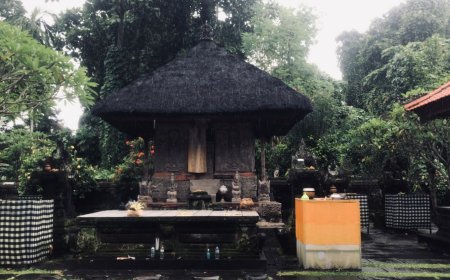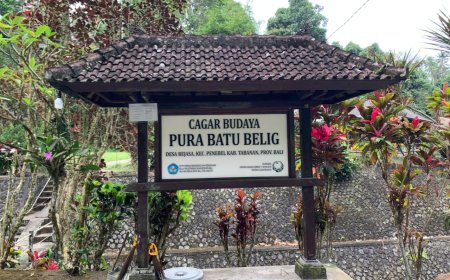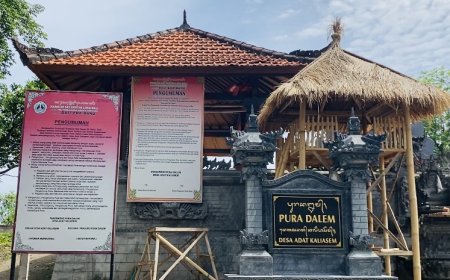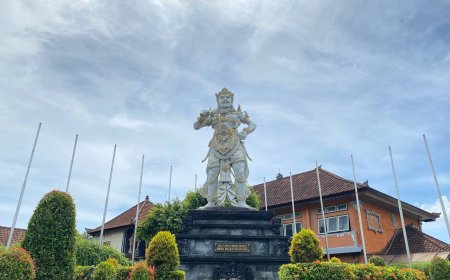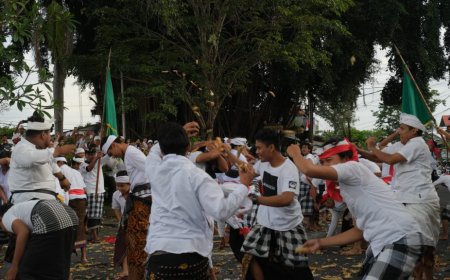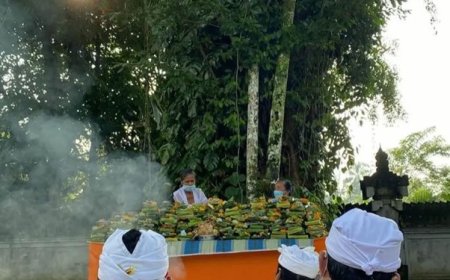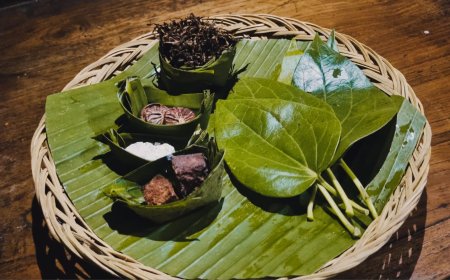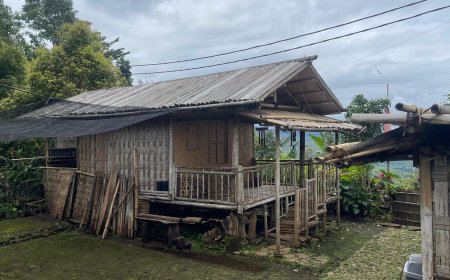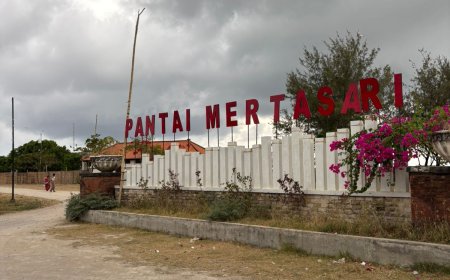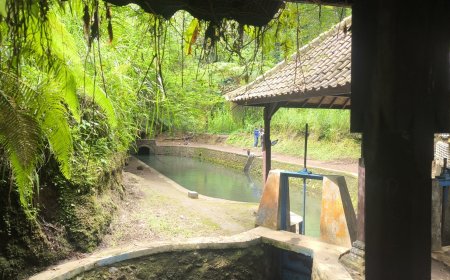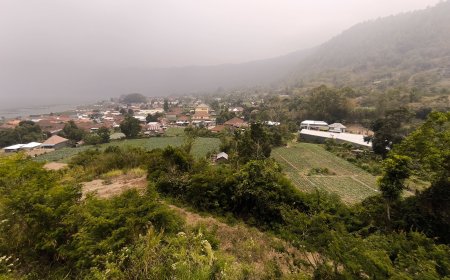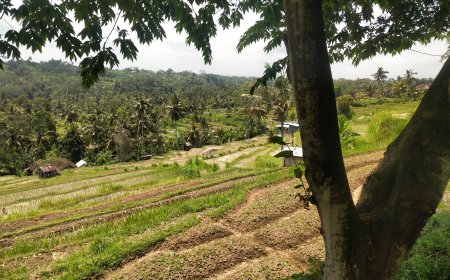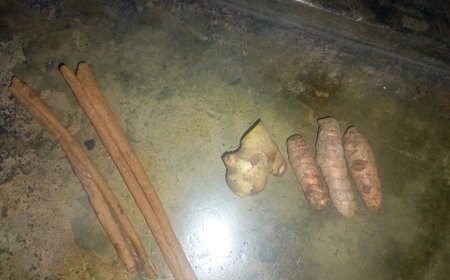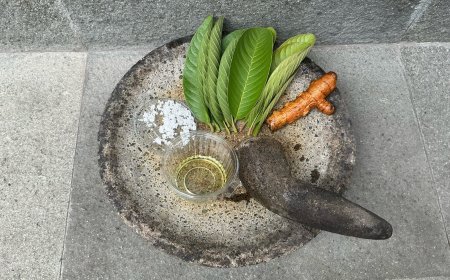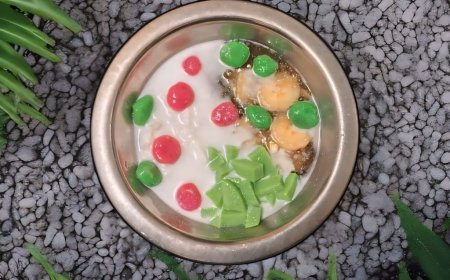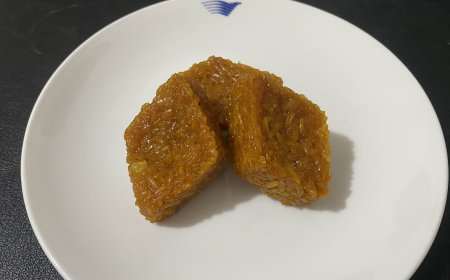The Uniqueness and History of Nasi Sela, Karangasem's Particular Traditional Culinary as a Lifesaver During Critical Times
The natural beauty and cultural diversity of Bali defines characteristics that make the island exceptionally unique in the eyes of the world. Behind the allure of the Island of the Gods lies a wealth of culinary treasures reflecting the wisdom and rich history of the local community. One dish that holds a special place in Balinese culture is nasi sela. This humble culinary creation, originating from Karangasem, combines a distinctive flavor profile with deep historical significance, making it a Balinese culinary heritage worth experiencing and studying.
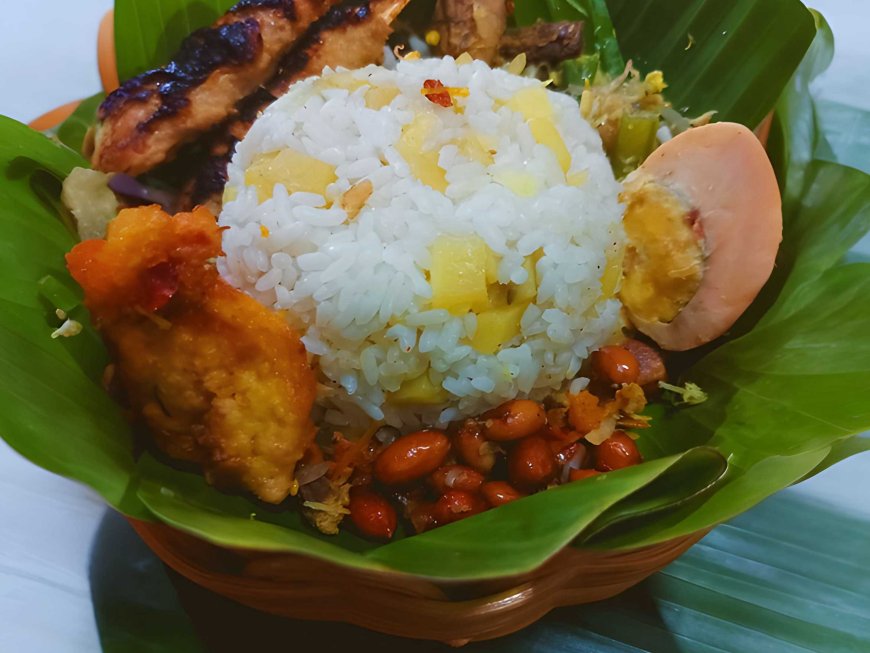
Nasi sela is a traditional Balinese dish with a long history and profound cultural significance, particularly in the Karangasem region. This dish, made from a blend of white rice and diced sweet potatoes, is more than just a daily staple; it carries a narrative of resilience, evolving from a necessity during times of scarcity into a cherished delicacy appreciated by both domestic and international tourists.
The origin of nasi sela stems from the need for alternative food sources during challenging times. In the 1970s, when rice availability in Bali was critically limited, local communities sought supplementary or substitute ingredients to sustain their diets. Sweet potatoes, locally referred to as sela, became the primary addition to rice, providing a simple yet effective solution for food security. Over time, nasi sela emerged as a symbol of resilience and ingenuity, preserving food sustainability in the face of adversity.
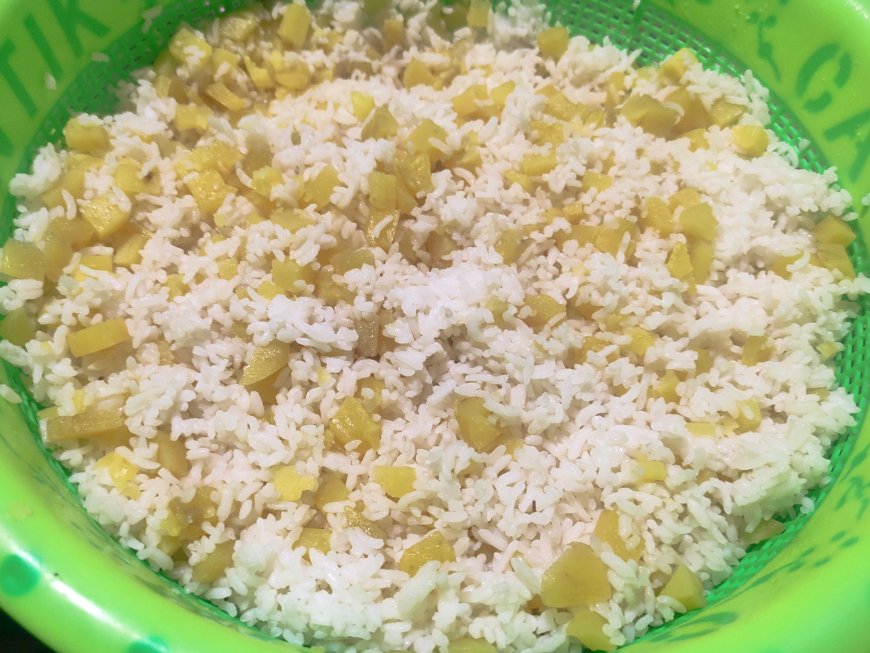
Combination of Rice and Sweet Potato in Nasi Sela (Source: Editorial Collection)
The dish combines white rice with small cubes of sweet potatoes, offering not only a satisfying taste but also an enhanced feeling of fullness. Sweet potatoes are rich in essential vitamins and minerals, such as vitamins A, C, and B6, along with dietary fiber, which aids digestion and curbs hunger. This nutritional profile makes nasi sela a wholesome and fulfilling option. Variations have since evolved, with cassava occasionally replacing sweet potatoes to provide a different texture and flavor profile, with cassava being denser and less sweet.
The modern presentation of nasi sela has also diversified, incorporating side dishes such as ayam betutu (spiced chicken), pindang tongkol (spiced mackerel), sate lilit (minced fish satay), jukut bejek (vegetable salad), and an array of Balinese sambals. These additions enhance the dish's appeal and make it accessible to a broader audience, including tourists. Modern innovations have further elevated nasi sela, introducing it as a fusion cuisine featuring international toppings like grilled salmon or avocado. Renowned establishments such as Kilo Kitchen in Seminyak have popularized these creative interpretations, attracting a global clientele.

Nasi Sela Served Dish (Source: Editorial Collection)
In traditional Balinese villages, such as Tenganan in Karangasem, nasi sela is still prepared using age-old methods. The rice and sweet potatoes are cooked together over a wood-fired stove, imparting a distinctive aroma and authentic taste that modern cooking techniques cannot replicate. The dish also holds a special place in the communal tradition of megibung a practice where villagers sit in a circle and share meals from a central platter, fostering a sense of togetherness and family bonding. The way the people of Tenganan village prepare and serve nasi sela demonstrates that this dish is not merely an ordinary Balinese cuisine but has become an integral part of the region's traditions and culture.
Nasi sela not only preserves local traditions but also creates economic opportunities for sweet potato farmers and small-scale entrepreneurs in Bali. The growing popularity of this dish has provided a significant economic boost, enabling local farmers and culinary businesses to thrive. Furthermore, restaurants embracing fusion food concepts promote Balinese cuisine on an international scale, integrating nasi sela into Bali’s culinary tourism ecosystem. The dish also plays a pivotal role in food sustainability. By incorporating sweet potatoes into the staple diet, nasi sela reduces dependency on rice, supports dietary diversity, and aligns with efforts to bolster local food security.
Beyond its role as a daily staple, nasi sela offers a unique appeal to tourists seeking an authentic Balinese culinary experience. It is frequently featured at cultural events such as the Bali Arts Festival (Pesta Kesenian Bali), serving as a gateway for visitors to engage with Balinese heritage. Found in traditional restaurants and roadside food stalls alike, the dish is accessible to all and continues to bridge the past and present through its cultural and culinary significance.
Nasi sela stands as a testament to the resilience and creativity of the Balinese people, demonstrating how traditional cuisine can adapt and thrive in a modern context. With its historical roots, nutritional benefits, and economic contributions, nasi sela remains a culinary icon of Bali, connecting the island's past, present, and future. Sampling nasi sela is not merely an act of dining but a meaningful journey into the heart of Bali's authentic culture.

